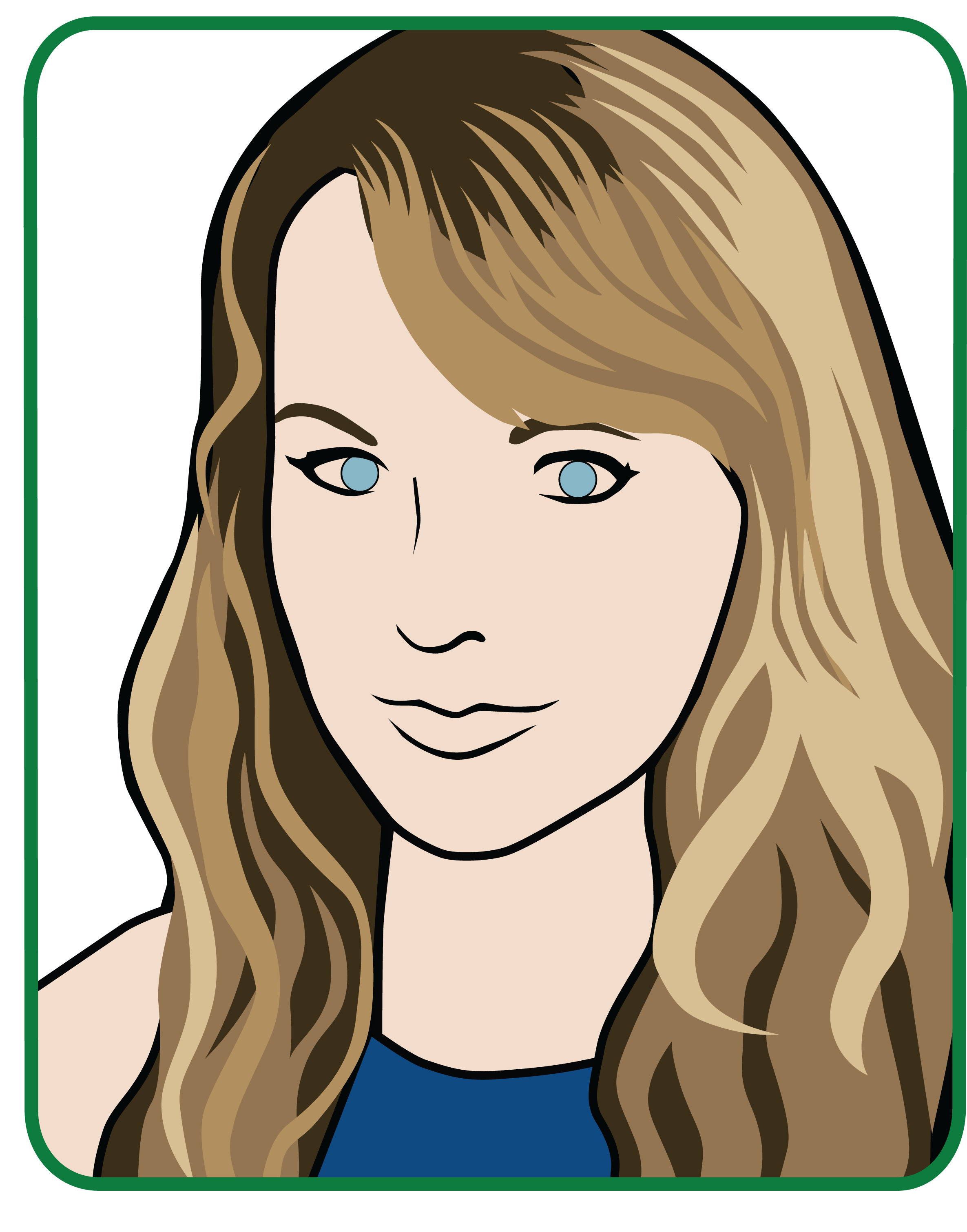What is sensory processing disorder (SPD)?
SPD is the difficulty in managing, understanding and regulating sensory information. SPD can cause physical pain and emotional distress. It is important to remember that there is HYPER sensitivity (over) and HYPO sensitivity (under) and both extremes could be, and often is, present with Sensory Processing Disorder SPD.
Download free supportive resources

Which senses are affected?
-
Sight - brightness, light, shadows
-
Hearing - noise or volume
-
Smell - scents can be overwhelming or non-existent
-
Tastes - too strong or tasteless
-
Touch - need for deep pressure. Over or under-sensitivity to touch or temperature
-
Spatial awareness due to sensory overload can also sometimes be affected.
SPD often (but not always) co-occurs with other diagnosis’ such as Autism or FASD
Head to the SEND Hub for more diagnosis specific information and resources
What does it mean for a person with SPD at home?
As humans, we are constantly taking in sensory information, most will not realise how much our senses affect our decisions and everyday life, but for others the constant barrage of sensory stimulus is overwhelming.
I have listed some potential issues that could occur at home due to sensory processing difficulties, just to highlight the amount of sensory information we take in without realising. The list is by no means exhaustive, as every person will have their own unique set of sensitivities.
-
Lightbulbs - too bright or dim. Dull buzzing sound that can be very distracting
-
Mealtimes - strong tastes or textures of certain foods. The sound of other people eating
-
Shower/bath - sensitivity to heat or the feel of water or soap on the skin
-
Seasons - cold, rain, heat. Having to keep a constant temperature
-
Clothing or bedding- labels, seams, materials will all need to be considered
-
Family outings - supermarket trips, family gatherings or car rides are full of unpredictable and noisy situations
-
Affection - some children may not like to be cuddled or comforted
What does it mean for a child with SPD at school?
Wow - where shall I begin! School is naturally a stimulating place to be. Posters and pictures on walls, passionate classroom debates, videos and music to enhance learning and boisterous outside play areas - lots of bright, loud and exciting situations to be involved in.
Sometimes a specialist school placement is required or home school is considered, and sometimes SPD can be well-managed in mainstream schools. Every child is different and they will require a personal approach to education.
Below are some scenarios to consider in school;
-
Proximity - Lining up, circle time, assemblies, seating plan
-
Kinesthetic learning - textures and smells to tactile experiences
-
Transition - movement around the school between lessons or break times
-
PE - kit, activities, hall acoustics and floors
-
Equipment - pens and pencil sensitivities sound or feel
-
Fire alarms or bells - volume and pitch
-
Dining hall - the smell of cooking or temperature
-
Toilet - using shared facilities
As you can see, at every point throughout a school day there are potentially distressing situations for a child with SPD.
What simple changes can I make to help a child with SPD?
As a parent of a child with SPD, you will probably understand your child’s difficulties the best and will be able to manage their environment better than anyone. However, every day (no matter how much pre-planning has gone into it), there are always unpredictable events! If your child is attending school, communication with your child's teachers and other staff is imperative. Sharing your child’s difficulties, natural abilities and calming strategies will help to create a sensory soothing environment.
-
Consider seating plans. Is the child near a window or door? Is there a draft? What about shadows? Is there people sat beside them?
-
Lighting - Is it too bright, not bright enough? Does the bulb flicker or buzz?
-
Classroom acoustics - Is there anything that can be done to help absorb sound? Can the child go straight into the classroom instead of lining up?
-
Ergonomics - Is the child comfortable on the chair? If in a science lab, are you using stools? Is the desk at the right height?
-
Equipment - try different pens/pencils/keyboards. Lean on a book perhaps?
-
PE kit or uniform - consider changing times, environment and kit comfort.
-
Reduce visual stress - small chunks of text. Use a coloured background on presentations. Use a reading ruler. Lined or plain paper?
-
Is there a sensory free area? Too many pictures or information on the walls? Calm area to desensitise?
-
Speak to the child and caregivers - do they have some top tips?
Considering all of these will help to create a less distressing environment for people with SPD and in fact for anyone!
Teachers/carers and staff in schools must all be aware of potential hazards to ensure that everything possible is done to create the best learning environment for children with sensory processing difficulties.
There should always be a solid and thorough plan in place for students with SPD, so that everyone is clear what should be done if a child is in sensory distress.
Sensory snacks
Not just something to eat! A ‘snack’ can also mean a short amount or a chunk of sensory time. Having regular ‘sensory snacks’ will help a child to regulate their sensitivity and allow them the experience that they need to feel calm and settled.
-
Deep pressure. Two-strap a heavy rucksack for a few minutes, chew on a crunchy carrot stick, do some wall press ups, jump on a trampette or sit under a weighted blanket.
-
Calming - sit in a sensory free area such as a quiet room or specific space with minimal soft furnishings and visual stimulation.
-
Focussing - listen to music, lay on textured material or dance.
How can EdPlace help?
-
Curriculum aligned activities and worksheets that last between 10 and 20 minutes for maximum engagement
-
Reading window to reduce the amount of exposed text on the screen
-
Reading ruler to help with reading fluency and reduce the incidence of missed lines
-
Access EdPlace content from anywhere, ensuring education continuity and also removing time and environment rigidity
-
A range of helpful scaffolded and supportive resources such as an Emotions Chart, Now and Next and the Reward chart to help create understanding, awareness and predictability.
Where can I find more help?
https://www.sensoryintegration.org.uk/page-18338
https://autismawarenesscentre.com/does-my-child-have-sensory-processing-disorder/










